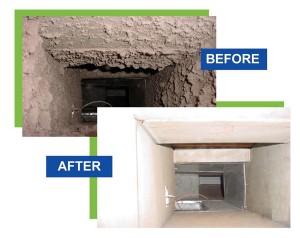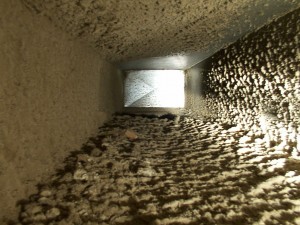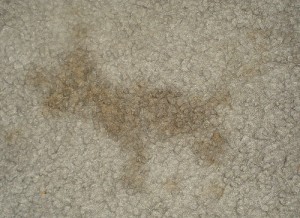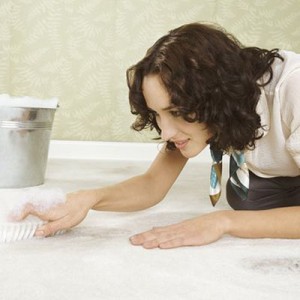Taking Care of Your Furniture – Vol.1

Furniture plays an important role in shaping the overall style and appearance of the home. When the furniture in the room are appropriately picked and arranged you have the feeling of space, light and tidiness. And when the furniture are chosen in a way that they match everything else in the room and they complete its appearance then you feel good and happy at your home.
Furniture is not purchased every day so they need special and regular care in order to be maintained in a good condition for longer. Each kind of furniture needs different cleaning and maintenance. Therefore, you need to know how to take care of your furniture so that you can keep it new, stylish and elegant for as long as possible.
A very important factor for the condition of furniture is that they need to be placed on an even floor. If it is uneven it might cause damage and warping to furniture.
When moving furniture you need to carry them from one place to another and not drag them. This will prevent their legs and the floor from scratching.
Keep your furniture away from damp. The continuous influence of damp on your furniture is extremely harmful and they will most certainly be deformed and damaged.
When there are stains on the furniture you need to remove them right away. If there is even a small damage it needs to be immediately fixed.
Dust on polished and lacquered furniture should be removed with a clean soft towel or a velvet cloth. Do not use damp towels and cloths because due to damp polish and lacquer lose their shine.
Mahogany furniture should be cleaned by rubbing them with vinegar or cold tea and after that with a soft cloth. Their polish can be refreshed by treating with a cloth which you need to wet with cool water and then wring out. After that, rub it with a dry linen towel.
Lacquered furniture is cleaned by treating with a soft tampon soaked in gas. Then polish it with a woollen cloth. After the cleaning you need to air the room.
Stain wood furniture should never be washed with water. Wipe them with a dry soft cloth every day. When they are damaged they need to be renovated with one-colour stain. Do not place such furniture near fireplaces and stoves.







 You probably know the agony of having
You probably know the agony of having 
